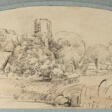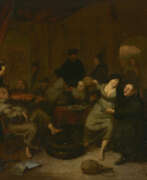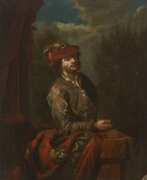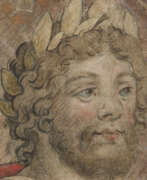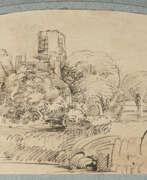Dutch School

Dutch School
The Dutch School is a term used to describe the flourishing of painting in the Netherlands during the 17th century. As an independent and autonomous art, Dutch painting emerged when several provinces of the Netherlands gained independence from Spain. This period, known as the Dutch Golden Age, is characterized by its remarkable output in art and culture.
Dutch art from this era is renowned for its detailed depiction of everyday life, landscape, and still-life scenes, capturing the essence of Dutch society and its surroundings. Notable artists like Rembrandt van Rijn, Jan Vermeer, and Frans Hals played a pivotal role in shaping the Dutch School. Their works, characterized by a keen observation of light, shade, and everyday detail, set the benchmark for quality and creativity in European art.
The distribution of Dutch art during this period was widespread, with artworks often found in the homes of common people like blacksmiths and cobblers, reflecting the general appreciation for painting in the Netherlands. The Dutch School's influence extended beyond its borders, impacting the development of art across Europe.
Artworks from this period are now prized in collections worldwide, with famous paintings housed in museums like the Rijksmuseum and the Louvre. For collectors and experts in art and antiques, the Dutch School represents a pinnacle of artistic achievement in European art history.
Are you fascinated by the art of the Dutch Golden Age? Sign up for updates on the Dutch School to delve deeper into the world of 17th-century Dutch art. Receive exclusive news about new sales, auctions, and exhibitions featuring masterpieces from this pivotal era in art history. Enhance your collection and deepen your appreciation for one of the most influential movements in art. Sign up now for exclusive insights into the Dutch School!
| Country: | The Netherlands |
|---|---|
| Start of the period: | XVII century |
| End of the period: | XVII century |
